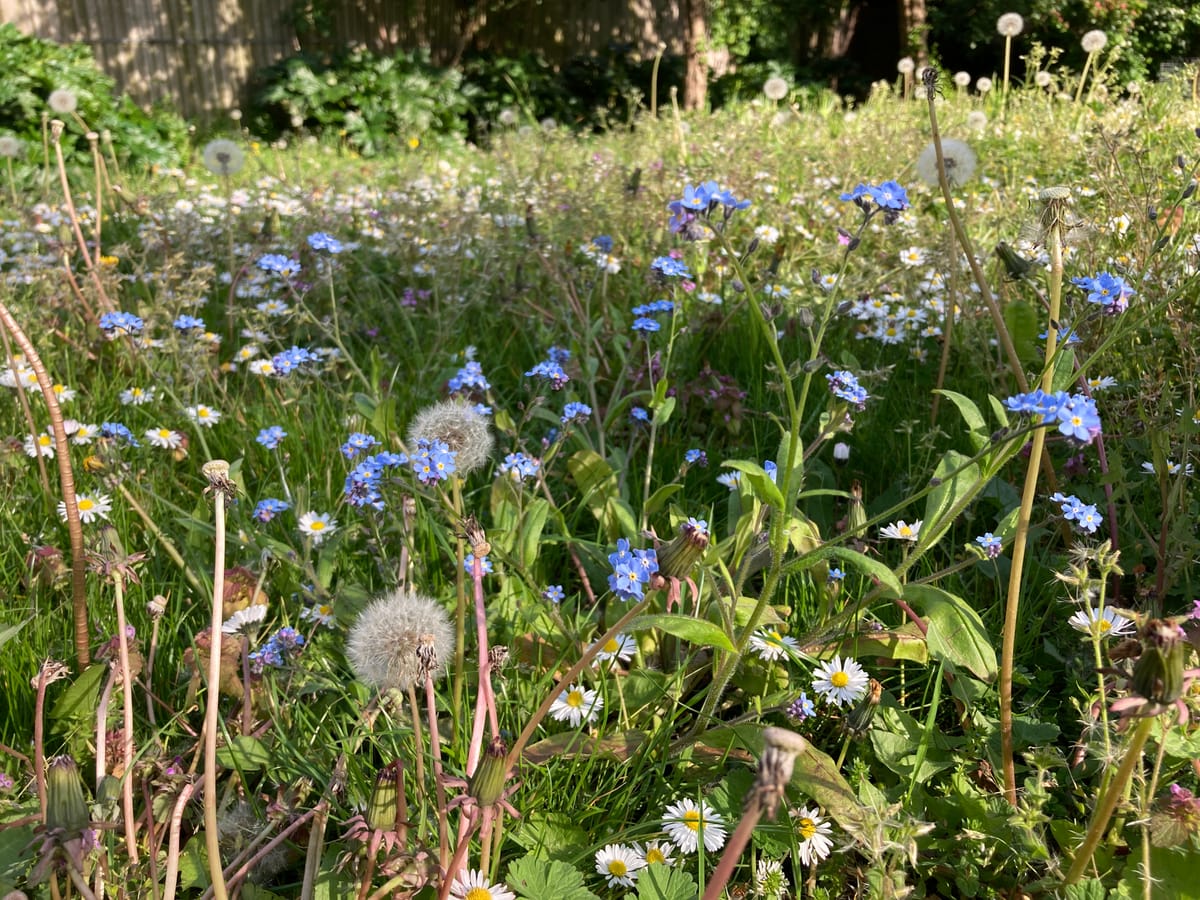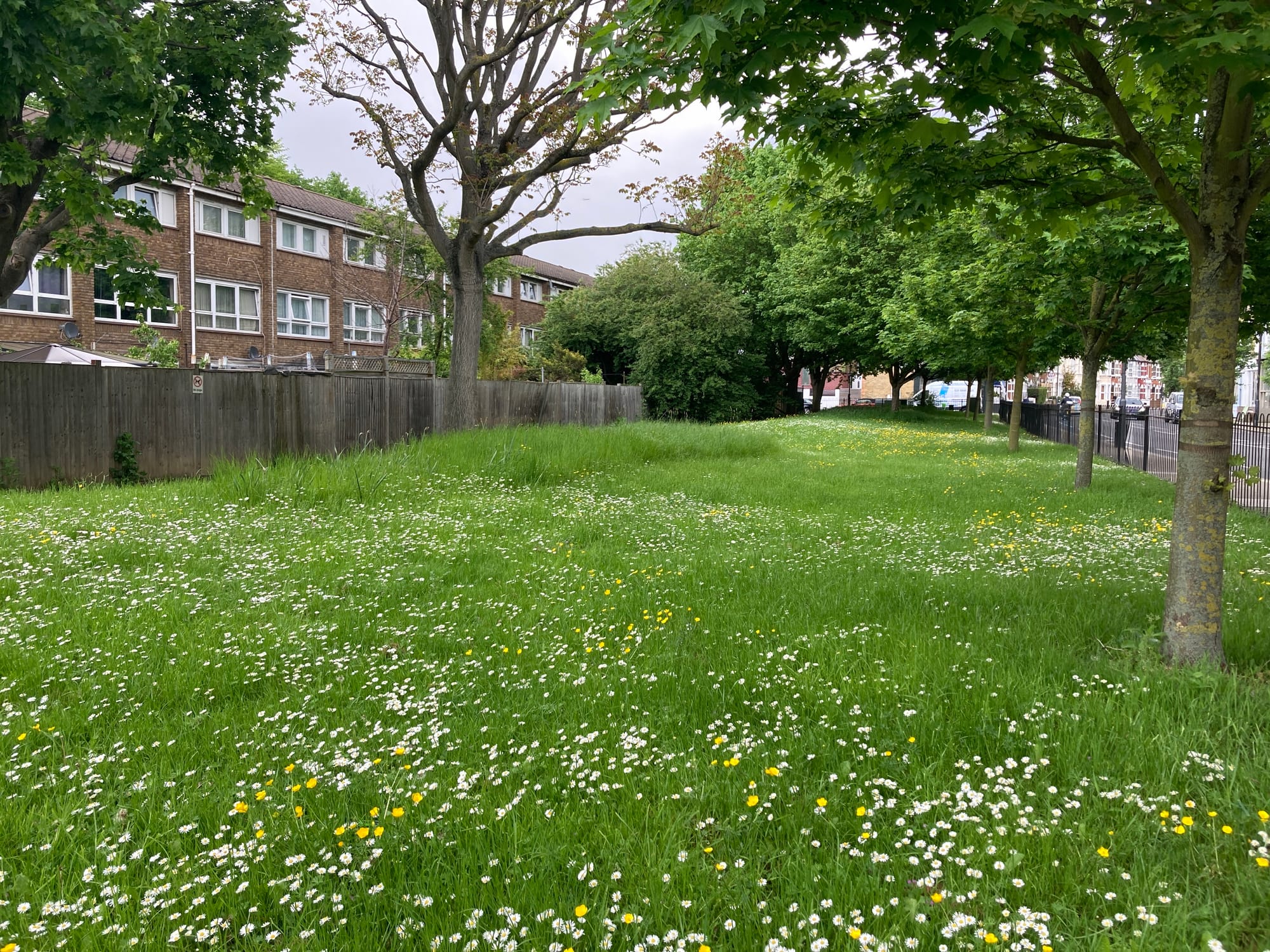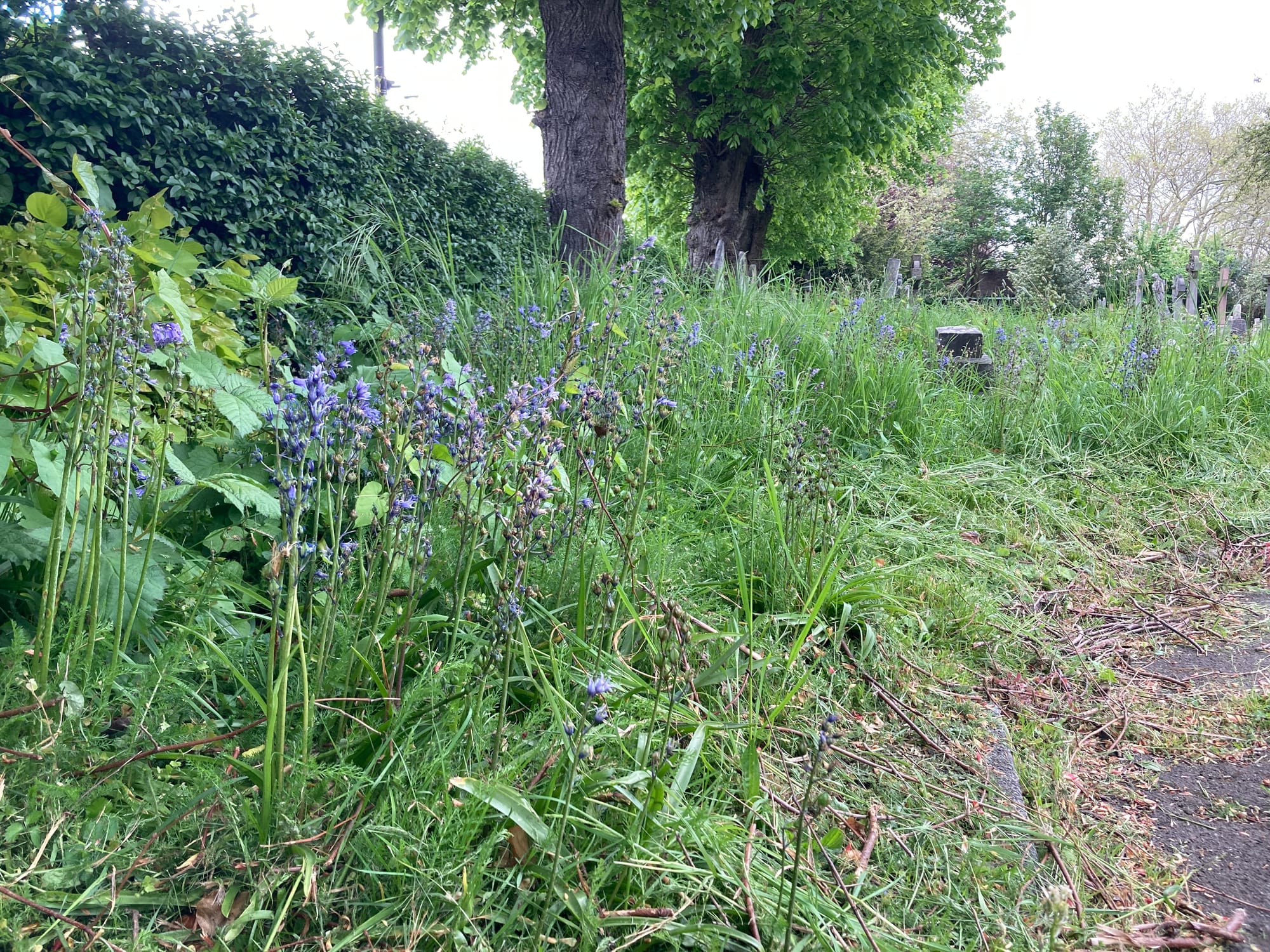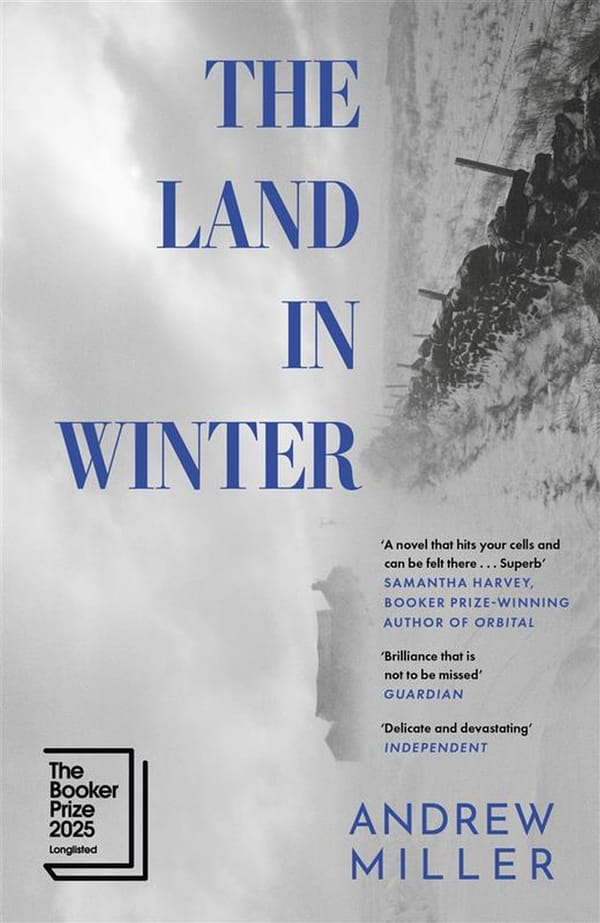Hammersmith and Fulham celebrate No Mow May
Hammersmith and Fulham Council stops mowing public green spaces every May – and the results are gorgeous.

Hammersmith and Fulham (H&F) is probably the most common borough Imperial students live in after leaving halls. Aside from the bustle of Hammersmith Broadway and the glamour of Westfield, the area has 50 green spaces ranging from church gardens to the expansive Wormwood Scrubs. This month, these spaces were left to grow wild in support of the No Mow May campaign.
The campaign, started by the charity Plantlife in 2019, encourages the owners of green spaces not to mow them for the entire month of May. According to the Plantlife website, the UK has lost over 97% of its flower-rich meadows in the last 70 or so years. Not mowing green spaces allows such meadows to grow, attracting pollinating insects and therefore birds and hedgehogs. May is when grasses start to grow faster in response to warmer temperatures, so is a common time for many households to bring the lawnmower out the shed. However, long grass provides moisture to the soil – benefitting soil invertebrates and the animals that feed on them.
One of the most common wildflowers observed in the unmowed gardens of H&F is the dandelion. They are usually considered weeds because of their fast growth, high seed production, and tap roots that regrow after the visible parts of the plant are removed. Despite that, it is difficult not to love the bright yellow flowers that have adorned Fulham’s streets this month, and their fluffy seed heads full of superstition and childhood memories. Dandelions provide a wide range of bees with nectar and pollen, because their open flower shape is accessible to many species. In fact, dandelions provide 9% of the pollen and 37% of the nectar in a typical lawn.

Buttercups and daisies flourish even more during No Mow May than they do normally. Daisies provide food for solitary bees and beetles, especially where no other flowers can be found. Buttercups can attract bees, butterflies and moths to unmowed lawns – but pet owners should beware because buttercups are toxic to cats and dogs. Another common sight during No Mow May is the geranium, whose nectar-rich magenta flowers are visited by buff-tailed and white-tailed bumblebees, among others. Pale blue forget-me-nots, which can also attract bees and butterflies, are also found in H&F’s green spaces and community gardens in May. And these are just the commonly found plants! A citizen science survey in 2021 showed that gardeners who did not mow their lawn found over 250 wild plant species in their garden – including wild garlic, wild strawberry, and many orchids.

Margravine and Fulham cemeteries also put on a show during No Mow May, as wildflowers coexist with flowers planted in memory of loved ones. Bluebells can be spotted in both cemeteries – though the native species feeds hoverflies, woodland butterflies, and bees, the Spanish species is outcompeting and hybridising with it. The cow parsley in Margravine Cemetery looked like clouds on stems – attracting butterflies, hoverflies, and sometimes rabbits. So although the biodiversity crisis may seem dire, less may be more when it comes to mowing green spaces.

As spaces like the cemeteries have been thriving this month, now is a good time to assess what else H&F Council is doing to solve the climate and biodiversity crises. The council declared a climate and ecological emergency in 2019, and aims to make its operations net zero by 2030. All its council buildings are run on renewable electricity, and heat pumps are being installed in four non-domestic and three residential sites. H&F was home to London’s first ‘tiny forest’, a dense woodland as part of an initiative run by Earthwatch Europe.
There are now two more such volunteer-run forests in the borough. Sustainable urban drainage systems have been installed in the White City and Queen Caroline estates. The council’s 2030 Climate and Ecology Strategy addresses five challenges – homes and buildings, travel, consumption, ecology, and adapting to a changing climate – but not many of their targets are quantified. Although clear efforts have been made to improve biodiversity and reduce carbon emissions in H&F, more action will be required from individuals and governments to truly tackle these five challenges.










